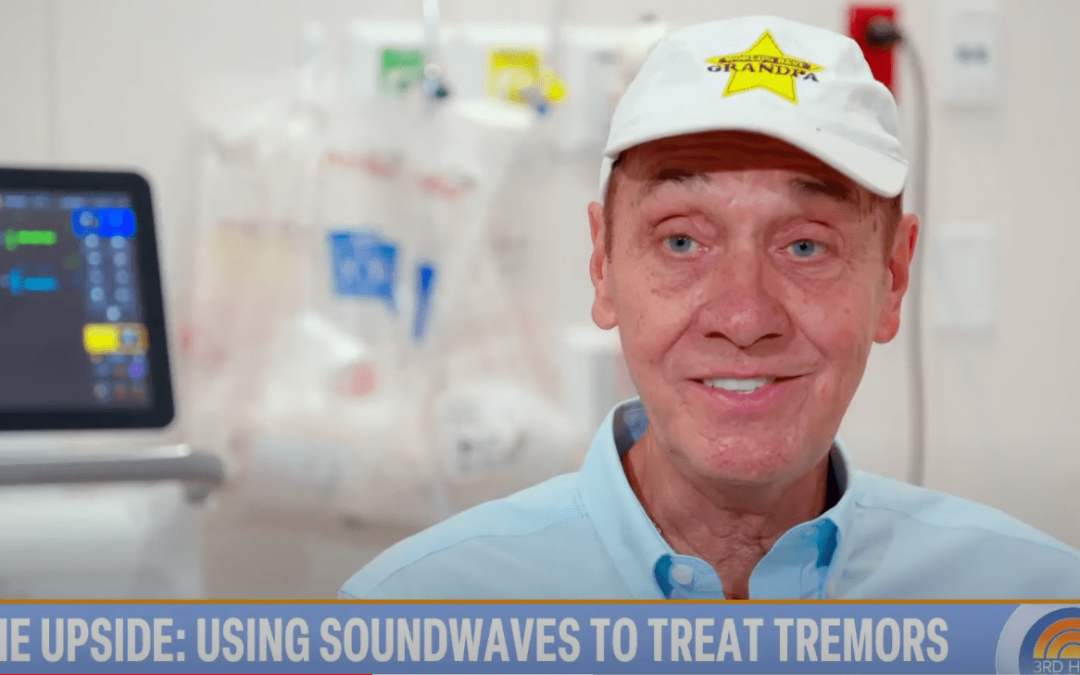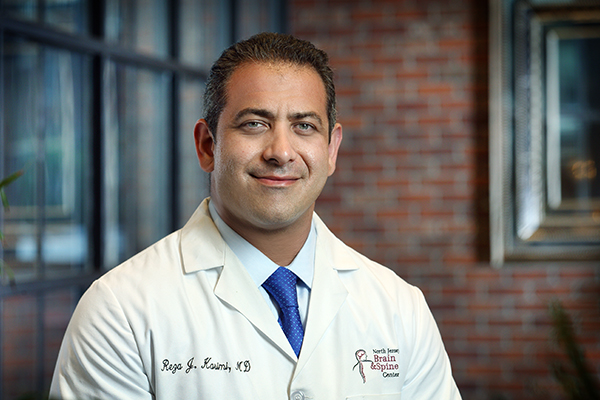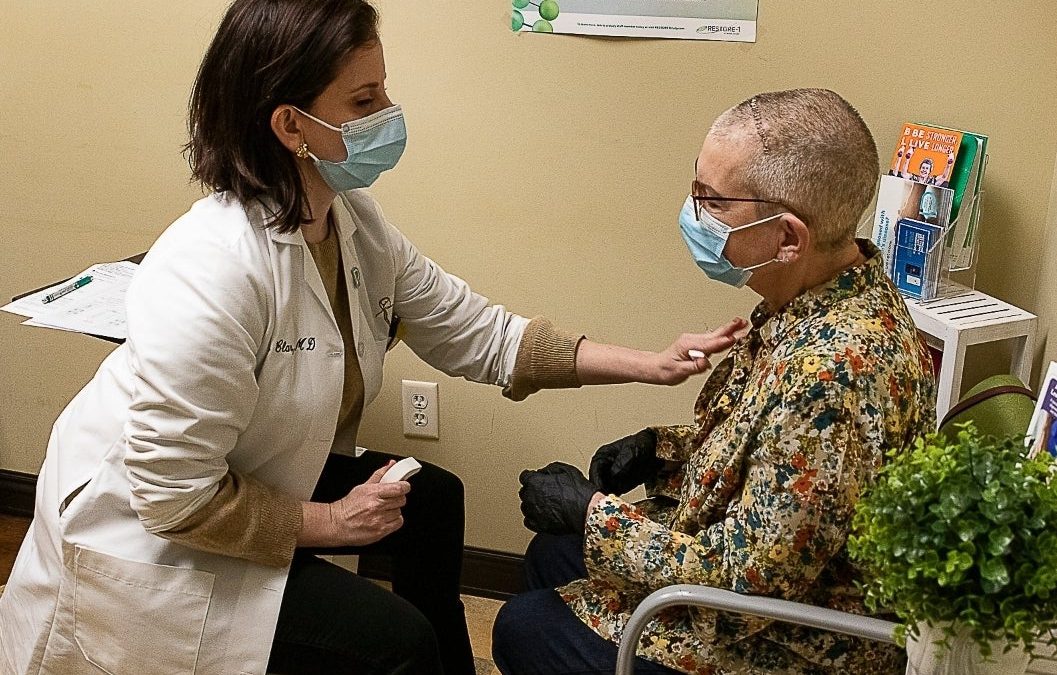Review some of the most commonly asked questions about brain arteriovenous malformation:
What is Brain AVM?
What is an arteriovenous malformation?
A brain arteriovenous malformation (AVM) is a tangled nest of abnormal blood vessels in the brain. The AVM diverts high pressure blood from the arteries directly to the veins. These blood vessels within the AVM over time may rupture from the high pressure of blood within the malformation. A ruptured AVM is a life threatening emergency and will cause bleeding within the brain. Brain AVMs are thought to be congenital, meaning it is a condition someone is born with or that it develops during childhood. However, brain AVMs are not usually hereditary. Brain AVMs can occur anywhere within the brain or spine. Not all brain AVMs will rupture, the risk of an AVM rupturing is between 1% to 3% per year.
Once diagnosed, brain AVMs have a range of treatment options that reduce and prevent the risk of complications.
What are the symptoms of a brain AVM?
Symptoms of an AVM may vary based on its location. Oftentimes the first symptoms of an AVM appear after bleeding occurs. Many patients with a brain AVM will have minimal or no symptoms. Other symptoms may include:
- Headaches
- Seizures
- Vomiting and nausea
- Loss of consciousness
- Progressive loss of neurological function
- Intermittent stroke-like symptoms
How are brain AVMs diagnosed?
Most AVMs are initially diagnosed with either a CT scan or an MRI scan. CT Angiography (CTA) or MR Angiography (MRA) are often used to further demonstrate a brain AVM. A cerebral angiogram is the gold standard diagnostic test for a patient with an AVM and is often needed to better identify the type of AVM, its exact size and to provide a detailed analysis of the AVM structure.
What is the best treatment for a brain AVM?
The most appropriate treatment for a brain AVM will depend on the size and location of the AVM, the presence of any associated aneurysms, your overall medical condition and your age. Treatment of a brain AVM is performed to eliminate the risk of the AVM bleeding and should only be performed by an experienced Neurovascular surgeon. Every case is unique. In some cases, we may recommend treatment of the AVM and in others we may recommend observation.
Medications can be used to treat symptoms caused by a brain AVM, such as seizures or headaches. In addition to conservative treatment (observation), there are three basic AVM treatment options:
- Surgical removal (resection): If the brain AVM is in an area that can be accessed surgically, surgery to remove the AVM may be recommended. For this procedure, the surgeon temporarily removes part of the skull to gain access to the AVM. Using a high-powered microscope, the surgeon seals off the AVM with special clips and removes it from the surrounding brain tissue. The surgeon reattaches the skull bone and closes the incision site.
- Endovascular embolization: In this minimally invasive procedure, a catheter is inserted into an artery in the leg and is threaded through blood vessels to the brain using x-ray imaging. The catheter is placed in one of the arteries that feeds the brain AVM. Then, the surgeon injects an embolizing agent to reduce blood flow into the AVM and block the artery. This procedure is less invasive than traditional surgery.
- Stereotactic radiosurgery (SRS): This surgical treatment uses radiation to destroy the AVM. There are no incisions made into the head. Instead, SRS directs highly targeted radiation beams at the AVM to cause shrinking of the blood vessels. Following one to three years, the scarred AVM blood vessels slowly clot off and teh AVM may resolve. This treatment is the most appropriate for small AVMs that are more difficult to remove with traditional surgery.
A common way to treat medium or large brain AVMs is called multimodal therapy. This involves combining two or more of the above treatment options to obtain a full cure of the AVM. For example, An AVM may first be embolized to decrease its blood flow and size, then treated with full surgical removal or radiation.
At New Jersey Brain and Spine, our Neurovascular surgeons are fully trained and deeply experienced in both vascular neurosurgery and endovascular embolization. The same surgeon is able to embolize the AVM, remove it surgically or treat it with radiation. Therefore we are uniquely able to offer the most optimal treatment of a complex AVM using any of the above treatment options, tailored specifically to each patient’s unique scenario.








